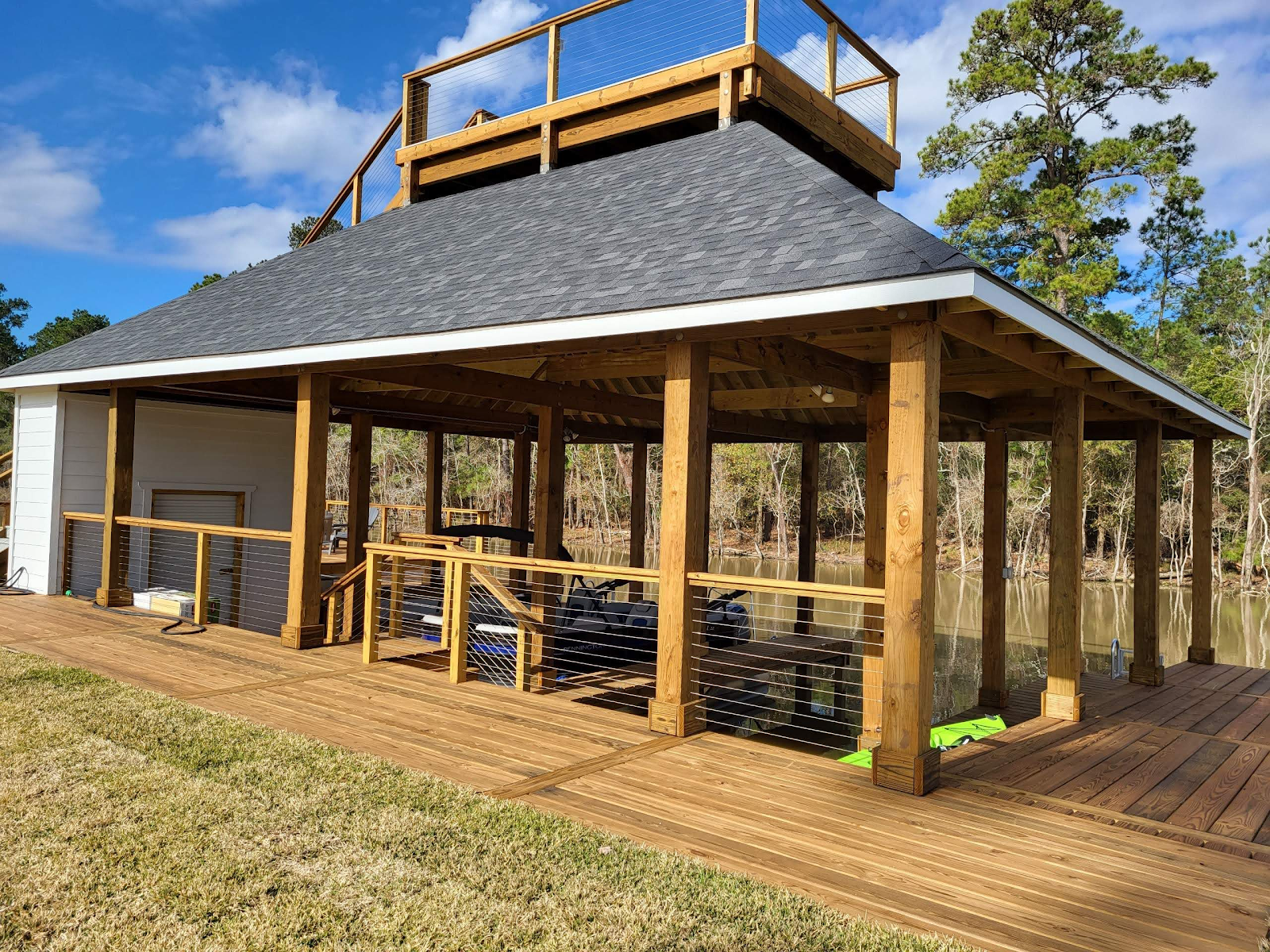28 Days to Lean Meal Plan: Your Path to Sustainable Weight Loss
Getting your perfect figure is about what you put on your plate as much as about exercise. Although there are countless diet programs guaranteeing rapid results, a 28-day lean meal plan emphasizes on offering balanced nutrition, environmentally friendly practices, and efficient weight control. Combining this with the direction of a personal trainer can help you safely and effectively reach your objectives by accelerating your progress.
Why a 28-Day Meal Plan Works
Within just 28 days, your body composition, energy level, and general health will have changed noticeably. Consistency and an emphasis on nutrient-dense foods that support fat loss and muscle preservation define success. While fad diets concentrate on restriction, the 28 days to lean meal plan stresses healthy foods that keep you feeling full and pleased while supporting your everyday activities and workouts.
A 28-day plan's organization divides the work into doable portions. This four-week period lets you create habits that will last outside the first period, so ensuring long-term sustainability of the effects.
The Role of a Personal Trainer in Weight Loss
Your road will be much different if you work with a personal trainer to reduce weight. Although the meal schedule sets the basis, a trainer offers direction and responsibility to keep you on target. They ensure you're not only burning fat but also toning and strengthening your body in the process, thereby matching your training regimen to your particular demands and goals.
A skilled trainer will also assist you avoid typical mistakes that could stop you from progressing, such under-eating or overtraining. They will make sure your workouts complement your 28 days to slim nutrition plan, thereby providing a complete approach to weight loss and general wellness.
Week 1: Focus on Clean Eating
Cleaning your diet takes front stage in the first week of the 28 days to slim meal schedule. This calls for cutting processed meals, refined carbohydrates, and bad fats. Rather, load your plate with lean proteins like chicken, turkey, or tofu together with a range of vibrant vegetables and nutritious grains.
A Day 1 food schedule looks like this:
Breakfast: Breakfast calls for scrambled eggs topped whole-grain bread with avocado and spinach.
Lunch: Lunch would be grilled chicken salad topped with mixed greens, cucumbers, tomatoes, and a little vinaigrette.
Dinner: Supper is baked salmon topped with quinoa and roasted veggies.
Snacks: Greek yogurt with berries, almonds, and carrot sticks is one snack.
Eating clean, nutrient-dense foods can help you start to feel less bloated and more energized—qualities absolutely vital for getting through your workouts.
Week 2: Increase Protein and Fiber Intake
The second week's emphasis is on upping your fiber and protein intake. Loss of fat and preservation of muscles depend on these two nutrients. While fiber prolongs fullness and helps avoid overindulgence, protein helps repair and grow muscle.
A normal lunch in Week 2 might consist of this:
Breakfast: Breakfast calls for a protein smoothie using almond milk, spinach, protein powder, and a banana.
Lunch: Lunch would be quinoa and black bean salad with chopped vegetables accompanied with grilled chicken on a side.
Dinner: Dinner is brown rice, snap peas, and broccoli topped with stir-fried tofu.
Snacks: Hard-boiled eggs, apple slices topped with peanut butter
High-protein meals and foods heavy in fiber help to assist the fat-burning process and maintain active metabolism.
Week 3: Control Portion Sizes
In Week Three, portion control starts to take front stage. Overshooting can still impede weight loss even with the best foods. Learning to control portion sizes guarantees that you are eating just the proper quantity to keep your body fueled without adding extra calories.
These suggestions help you to control amounts:
Use smaller plates: Use smaller dishes to make your food seem bigger, so lessening the need to overindulge.
Measure your food: Measuring cups or a food scale will help you, at least initially, have a real awareness of portion amounts.
Listen to your body: Pay attention to your body; stop eating not when your plate is empty but when you are full.
Your meals during Week 3 could include:
Breakfast: Breakfast calls for chia seeds atop oatmeal topped with blueberries and a drizz of honey.
Lunch: Lunch would be a turkey and avocado wrap on a whole wheat tortilla accompanied the side with sliced cucumbers.
Dinner: Supper is grilled prawns topped with sautéed spinach and couscous.
Snacks: Snacks could be some walnuts, cherry tomatoes, or cottage cheese.
Week 4: Hydration and Final Adjustments
Hydration and fine-tuning are absolutely vital in the last week of the 28 days to slim eating schedule. Not only does drinking enough water aid in digestion, but it also prevents you from confusing hunger for thirst, which could cause unneeded eating.
Based on your progress and feelings this week is also when you make any required changes. If you still feel hungry between meals, include more foods high in fibers, such as veggies or legumes. Try boosting your consumption of healthy fats like nuts, seeds, or avocado if you feel slow.
A balanced day in Week 4 might look like this:
Breakfast: Breakfast is sliced bananas and almond butter on whole grain bread.
Lunch: Lunch would be olive oil dressing over chicken breast on a mixed green salad.
Dinner: Dinner is marinara sauce and turkey meatballs made with zucchini pasta.
Snacks: Snacks could be a protein bar or hummus topped with carrot sticks.
FAQs
Q: Can I lose weight in just 28 days?
Indeed, in 28 days one may clearly lose weight by combining regular exercise, portion control, and clean eating.
Q: Is this plan suitable for beginners?
Of course. Designed for people of various fitness levels, the diet emphasizes natural foods and reasonable workouts.
Q: Do I need to count calories on this plan?
Although calorie tracking is not required, success depends on awareness of quantities and the kinds of foods you eat.
Q: Can a personal trainer help me with the 28-day meal plan?
Indeed, a personal trainer helping you to lose weight can offer extra help by designing a program that enhances your outcomes by matching the meal plan.
Q: What results can I expect after 28 days?
Body fat should drop, muscle tone should improve, energy should rise, and your relationship with food should change.
Q: Should I continue the plan after 28 days?
Indeed, the aim of the strategy is to develop environmentally friendly behaviors you can apply for long-term fitness and health.
Conclusion
Especially when teamed with a personal trainer to lose weight, the 28 days to lean meal plan is a disciplined and efficient approach to start your weight reduction path. In four weeks, by emphasizing clean food, portion control, and water, you will change your body. Stay dedicated; the outcomes will show.






Comments
Post a Comment